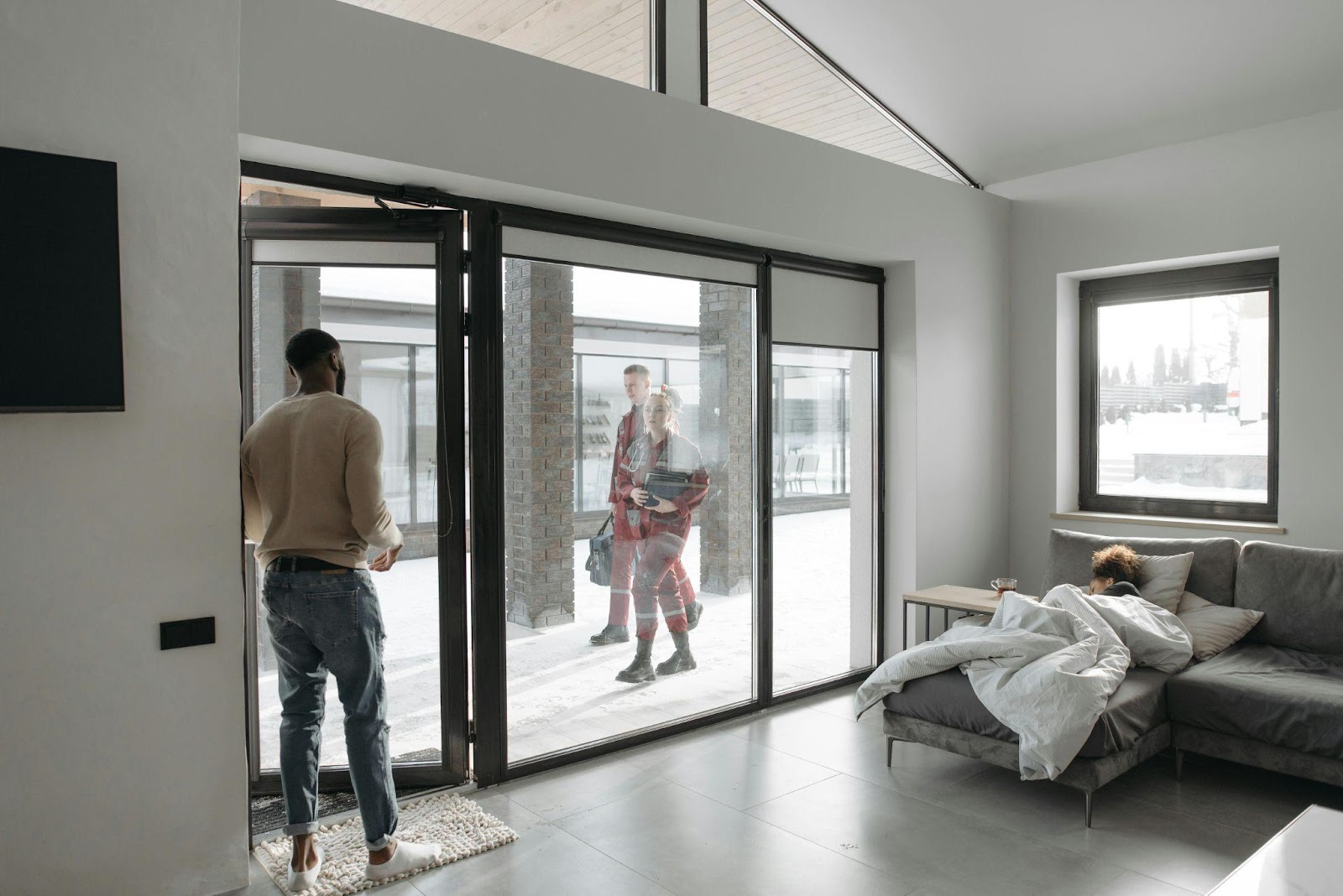At some point, we’ve all encountered the concept of insurance. Whether through car, health, or homeowners’ insurance, the basic premise remains constant: to cover us financially in the event of an accident.
However, while the general idea is clear, the specifics of what exactly your coverage entails can often remain a mystery. In homeowners’ insurance, understanding the extent of coverage in various scenarios, such as fall accidents, is crucial for preparedness.
While it’s comforting to know you’re protected, having a comprehensive grasp of the particulars ensures your understanding when the need for it arises. In this article, we’ll highlight a typical incident, slip-and-fall accidents, and how your homeowners’ insurance might apply to such claims.
Understanding Fall Accidents and Homeowners’ Insurance Coverage
Fall accidents can occur in various scenarios on your property. These incidents include slips on icy walkways during winter and falls from stairs or ladders while performing household tasks, and they can lead to injuries and property damage.
It’s important to note that all policies come with their own set of exclusions and limits, which is why reviewing your policy details with your insurance provider is essential.
Homeowners’ insurance typically provides coverage for fall accidents under different policy components. Here are the three ways your homeowner’s insurance policy can protect you in a slip-and-fall case.
1. Medical coverage
If anyone gets hurt within your property, your medical payments coverage reimburses the expenses, no matter who is at fault. This coverage extends to guests, delivery persons, or even trespassers in some cases. Medical coverage guarantees that you don’t need to dip into your medical emergency fund for a slip-and-fall accident.
2. Liability coverage
Liability coverage offers financial protection if you’re found responsible for a fall-related injury and sued for damages. This coverage can help you pay for the associated legal fees of hiring a slip and fall lawyer, medical expenses, and settlements or judgments awarded against you.
3. Property damage coverage
Your homeowners’ insurance may also cover property damage resulting from fall accidents. For instance, if a visitor trips and drops a heavy object that damages your flooring.
Practical Tips for Mitigating Fall Risks
Ignoring apparent hazards on your property increases the risk of fall accidents and can have significant financial implications. You may receive higher insurance premiums and potential liability from injuries.
There are, however, proactive steps homeowners can take to mitigate these risks and create a safer environment for themselves and their visitors.
1. Regular maintenance and inspections
Implement a routine maintenance schedule to identify and address potential hazards promptly. After all, you can’t fix a problem you’re unaware of. Inspect the usual suspects, walkways, stairs, and outdoor areas, for cracks, uneven surfaces, loose handrails, and other tripping hazards.
2. Clear walkways and paths
Keep walkways, driveways, and entry paths clear of debris, snow, ice, and other obstructions. Regularly sweep or shovel these areas—especially during inclement weather.
Puddles and standing water are other accidents waiting to happen. Enforce proper drainage within your property to minimize slippery conditions.
3. Proper lighting
You’d be surprised to know that lack of illumination can also play a big part in slip-and-fall injuries. Ensure adequate lighting along high-traffic areas and entry points of your home to improve visibility, particularly during nighttime. Consider installing motion-sensor or pathway lighting to illuminate key areas and deter potential accidents.
4. Secure handrails and guardrails
Install sturdy handrails and guardrails on stairs, steps, balconies, and elevated platforms to provide stability and support. Regularly inspect these structures for loose or damaged components and repair them as needed. Even if you don’t need a handrail, it can help guests who may need one to navigate elevated areas safely.
5. Address tripping hazards
Identify and address potential tripping hazards inside your home, such as loose rugs, electrical cords, and cluttered pathways. You can secure rugs with non-slip pads, route cords safely along walls or under furniture, and keep floors clear of obstacles.
Home Safety and Risk Management
The effectiveness of your homeowners’ insurance gets amplified when paired with proactive safety measures. If you imagine your coverage like a water filter, preventative measures add another layer. They catch the more prominent incidents, such as safety risks, before they escalate into costly claims.
This proactive approach minimizes the likelihood of accidents, reducing the strain on your insurance policy. It allows your policy to focus on tackling the big, unexpected events more efficiently and effectively.
